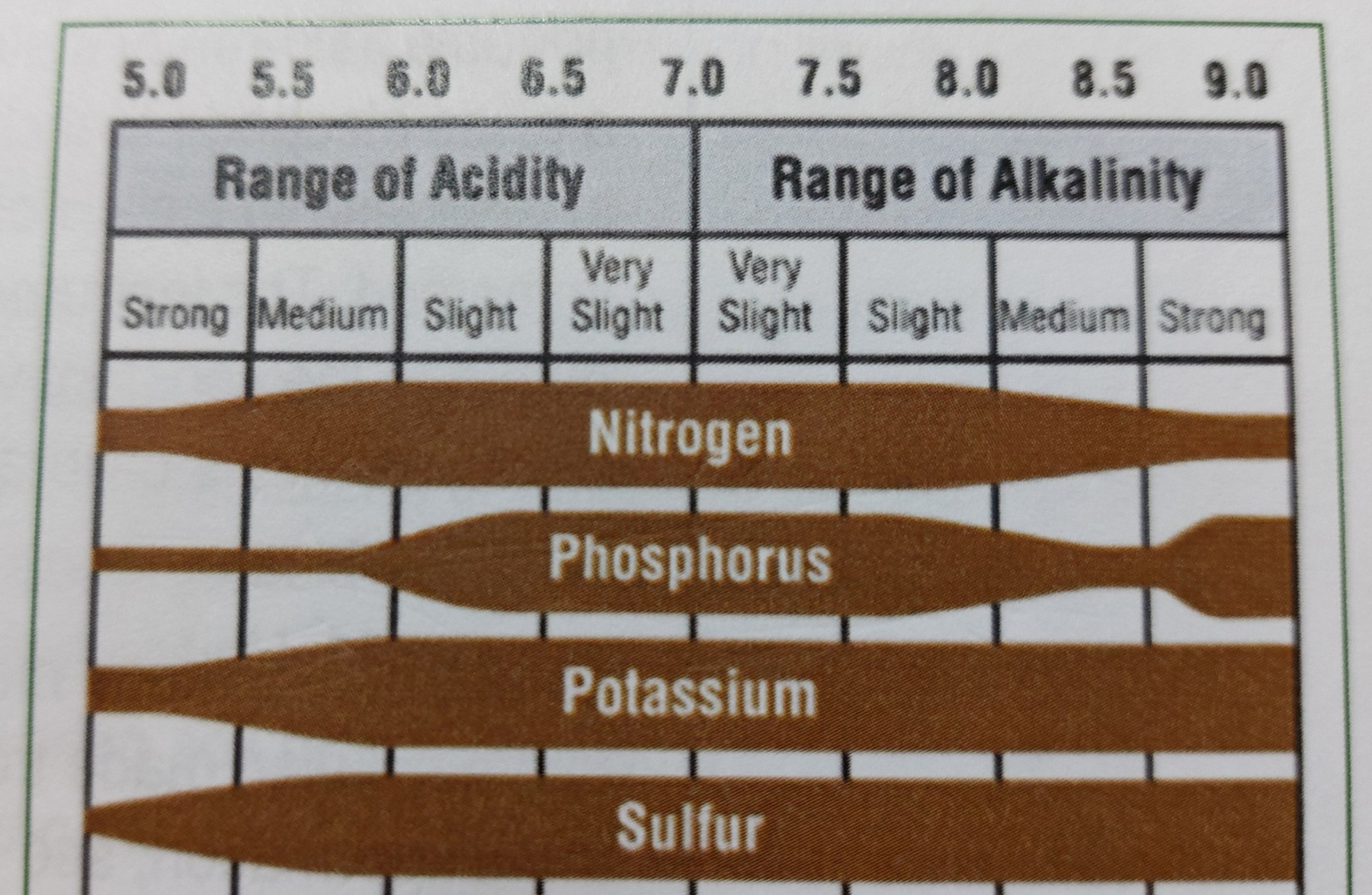Featured Stories

May Newsletter
News from Tipton County Extension and updates for 4-H, Ag & Natural Resources, and Health...

2025 Hendricks County 4-H Fair Information
Join us on July 13-19, 2025 for our Hendricks County 4-H Fair!

Sine Qua Non (An Ode to Kris Parker)
In community development, we are always concerned about our success and impact on communities, so...

2025 Johnson County Fair Open Class Exhibits Book
2025 Johnson County Fair Open Class Exhibits Book is now available on the website or paper copies...

Wells Co. Purdue Extension Administrative Job Opening
Wells Co. Purdue Extension Administrative Job Opening

A Homeowner’s Guide to Soil pH
One key component of a laboratory soil test is soil pH. Do you know what soil pH means and why it...